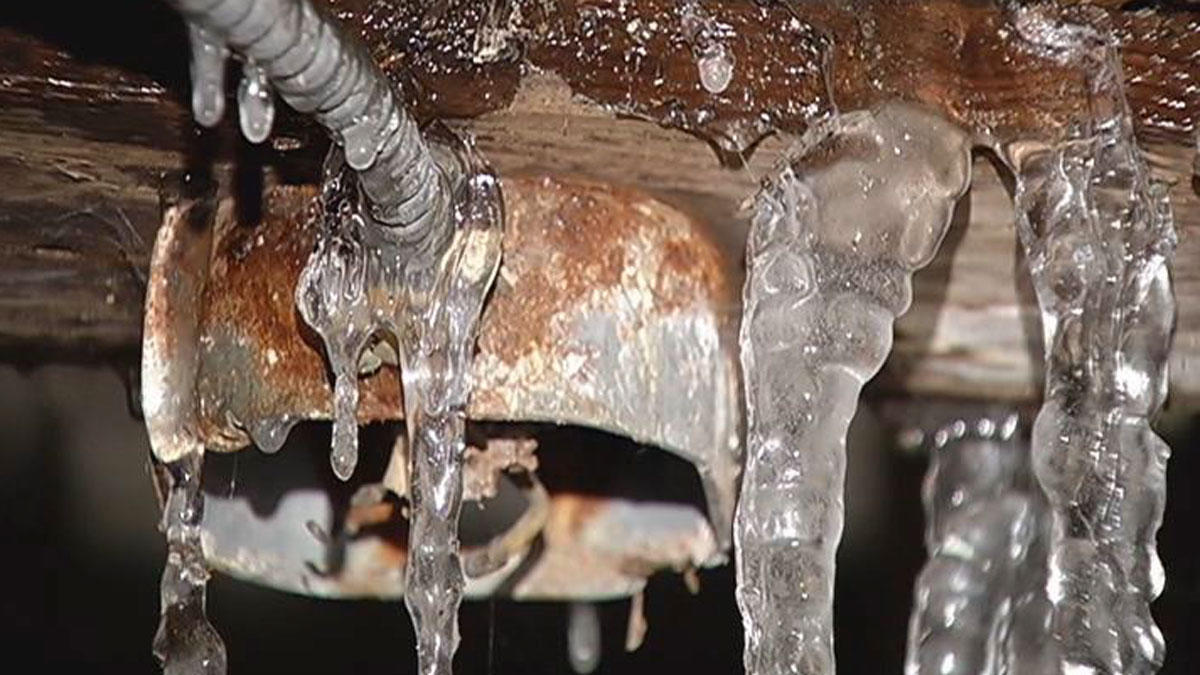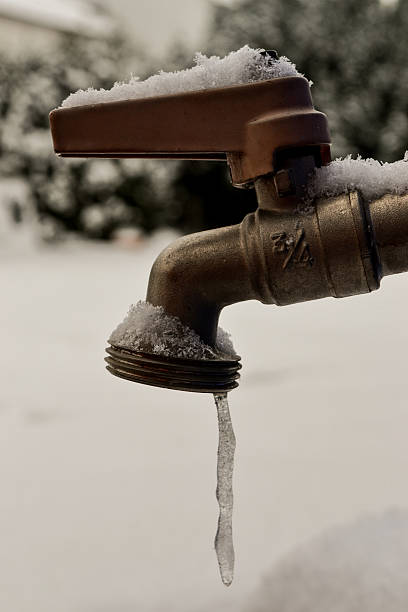What're your ideas about How To Avoid Freezing Pipes?

Winter can ruin your plumbing, particularly by freezing pipelines. Below's how to prevent it from occurring and what to do if it does.
Introduction
As temperatures decrease, the risk of frozen pipes increases, potentially resulting in expensive repair services and water damage. Understanding how to prevent icy pipelines is crucial for homeowners in cool environments.
Recognizing Icy Pipelines
What triggers pipes to ice up?
Pipes ice up when exposed to temperatures below 32 ° F (0 ° C) for expanded periods. As water inside the pipelines freezes, it broadens, taxing the pipeline walls and possibly creating them to burst.
Dangers and problems
Icy pipelines can result in water supply disruptions, property damage, and costly fixings. Ruptured pipelines can flooding homes and cause substantial architectural damages.
Indicators of Frozen Piping
Recognizing icy pipes early can avoid them from rupturing.
How to identify icy pipelines
Search for decreased water circulation from faucets, unusual smells or noises from pipes, and noticeable frost on subjected pipelines.
Avoidance Tips
Protecting vulnerable pipelines
Cover pipes in insulation sleeves or make use of warm tape to safeguard them from freezing temperature levels. Focus on pipes in unheated or external areas of the home.
Heating techniques
Maintain interior spaces sufficiently heated, particularly locations with plumbing. Open up cupboard doors to allow warm air to flow around pipelines under sinks.
Safeguarding Exterior Pipes
Yard tubes and outdoor faucets
Detach and drain pipes yard pipes prior to winter season. Set up frost-proof spigots or cover outside faucets with protected caps.
What to Do If Your Pipes Freeze
Immediate actions to take
If you think frozen pipes, maintain taps available to relieve stress as the ice melts. Use a hairdryer or towels taken in warm water to thaw pipes slowly.
Long-Term Solutions
Architectural adjustments
Consider rerouting pipelines far from outside wall surfaces or unheated locations. Add added insulation to attics, cellars, and crawl spaces.
Upgrading insulation
Purchase high-quality insulation for pipelines, attics, and wall surfaces. Proper insulation assists maintain consistent temperatures and minimizes the risk of icy pipes.
Verdict
Stopping icy pipes requires positive actions and quick feedbacks. By understanding the causes, indications, and safety nets, homeowners can protect their plumbing throughout cold weather.
5 Ways to Prevent Frozen Pipes
Drain Outdoor Faucets and Disconnect Hoses
First, close the shut-off valve that controls the flow of water in the pipe to your outdoor faucet. Then, head outside to disconnect and drain your hose and open the outdoor faucet to allow the water to completely drain out of the line. Turn off the faucet when done. Finally, head back to the shut-off valve and drain the remaining water inside the pipe into a bucket or container. Additionally, if you have a home irrigation system, you should consider hiring an expert to clear the system of water each year.
Insulate Pipes
One of the best and most cost-effective methods for preventing frozen water pipes is to wrap your pipes with insulation. This is especially important for areas in your home that aren’t exposed to heat, such as an attic. We suggest using foam sleeves, which can typically be found at your local hardware store.
Keep Heat Running at 65
Your pipes are located inside your walls, and the temperature there is much colder than the rest of the house. To prevent your pipes from freezing, The Insurance Information Institute suggests that you keep your home heated to at least 65 degrees, even when traveling. You may want to invest in smart devices that can keep an eye on the temperature in your home while you’re away.
Leave Water Dripping
Moving water — even a small trickle — can prevent ice from forming inside your pipes. When freezing temps are imminent, start a drip of water from all faucets that serve exposed pipes. Leaving a few faucets running will also help relieve pressure inside the pipes and help prevent a rupture if the water inside freezes.
Open Cupboard Doors
Warm your kitchen and bathroom pipes by opening cupboards and vanities. You should also leave your interior doors ajar to help warm air circulate evenly throughout your home.

Do you enjoy reading about Prevent Frozen Pipes ? Give feedback directly below. We'd be pleased to hear your feelings about this blog. In hopes to see you back again later on. Sharing is caring. You just don't know, you may very well be doing someone a favor. I praise you for your time. Return soon.
Click Here